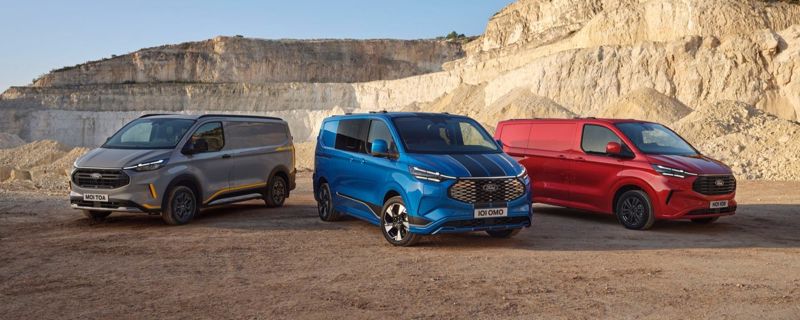Explorer - 261 Promotion
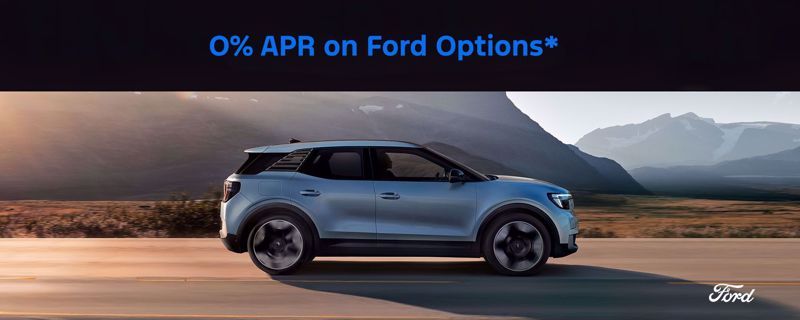
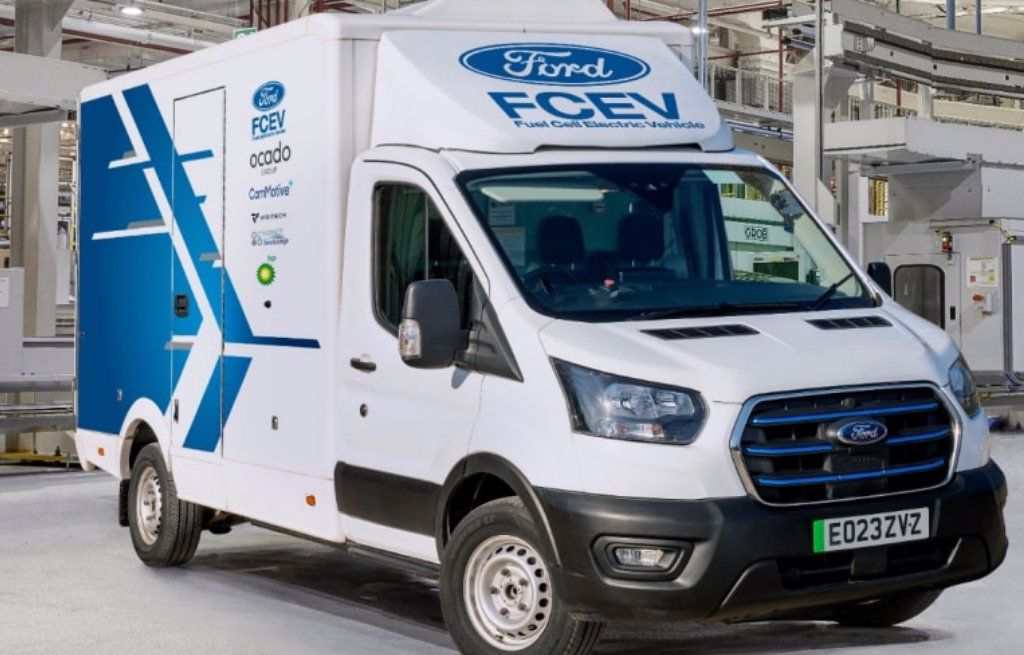
Ford is spearheading research into the potential for hydrogen as an on-board energy source for its acclaimed E-Transit all-electric commercial vehicle.
The UK-based project will establish if hydrogen fuel cell technology can help to deliver enhanced zero-emission-driving range for E-Transit customers with energy-intensive use cases.
Part-funded by the Advanced Propulsion Centre (APC), Ford’s consortium of six automotive technology leader and fleet operator partners will also help to determine the supporting hydrogen refuelling infrastructure required.
Ford Pro, the company’s commercial vehicle (CV) and services division, will use the pilot to expand its conversion expertise, supported by on-site engineers and E-Transit specialists from the company’s Dagenham site and Dunton Technical Centre, in Essex, UK.
Tim Slatter, chair of Ford in Britain, said: “Ford believes that the primary application of fuel cells could be in its largest, heaviest CVs to ensure they are emission-free, while satisfying the high daily energy requirements our customers demand.”
“Ford has an unmatched history in the commercial vehicle sector with the indomitable Transit, and we are excited to be exploring new ways to make clean deliveries an option for even our hardest-working vans on the road.”
Integrating zero-carbon auto tech
Ford’s hydrogen fuel cell E-Transit project with the APC will validate the vehicle’s business case by linking Ford expertise as 57-year UK van market leader with fuel cell powertrain experts and fleet operators including Ocado Retail. Other partners on the project are bp, capturing hydrogen usage and infrastructure requirements; Cambustion, testing the fuel cell system; Viritech, designing hydrogen storage systems; and Cygnet Texkimp, providing the pressure vessels’ carbon fibre tooling.
Hydrogen fuel cells produce electricity by combining hydrogen from an onboard tank and oxygen, with the only resulting emissions being water. The system essentially uses the hydrogen tank as a “gas battery” to improve range and deliver faster charging than the solid batteries and mains-connected chargers typically used by EVs. This may benefit operators with heavy-duty use cases including long-distance transportation, maximum loads, ancillary equipment such as chillers, and those with limited charging opportunities in the working shift.
Ford has researched fuel cell technology since the 1990s, developing many prototypes, refining test fleet vehicles in partnership with customers, and in 2021 demonstrated an E-Transit fuel cell vehicle at the CENEX Low Carbon Vehicle Show. At a European level, Ford is still involved in a number of publicly-funded projects that are also exploring the use of hydrogen technologies, both for use with internal combustion engine-powered vehicles and fuel cells.
A test fleet of eight hydrogen fuel cell Ford E-Transits will run for six-month periods over the three-year project to 2025. The test fleet data will provide insights into the total cost of owning and operating a large van with enhanced zero-emission range and uptime that matches a diesel-powered equivalent.
The prototype Ford E-Transits will be fitted with a high-power fuel cell stack, in conjunction with significant hydrogen storage capability, optimised for safety, capacity, cost, and weight. An important project element will evaluate efficient and viable recycling for end-of-life components.
Road to better
The hydrogen E-Transit project supports Ford’s ‘Road to Better’ sustainability commitment, evidencing how the company’s European operations are set to be its first region to become carbon neutral by 2035. Ford has reduced emissions from its global manufacturing facilities by 40 per cent since 2017.
NEW VEHICLES | ALL-ELECTRIC FORD EXPLORER

NEW VEHICLES | NEW FORD PUMA GEN-E
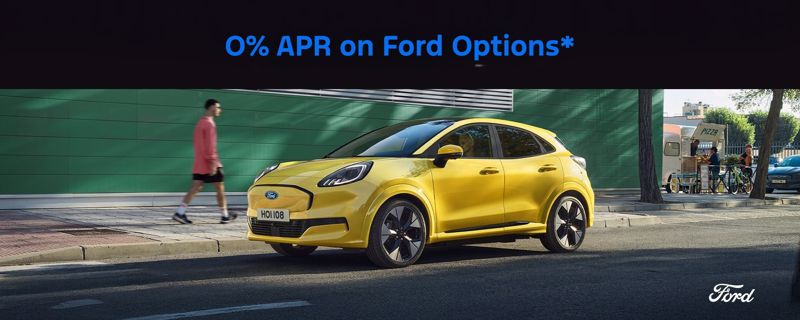
NEW VEHICLES | ALL-ELECTRIC FORD CAPRI
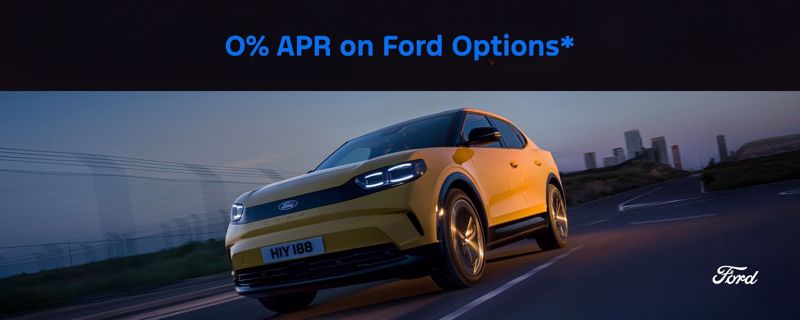
NEW VEHICLES | FORD PUMA

NEW VEHICLES | FORD KUGA
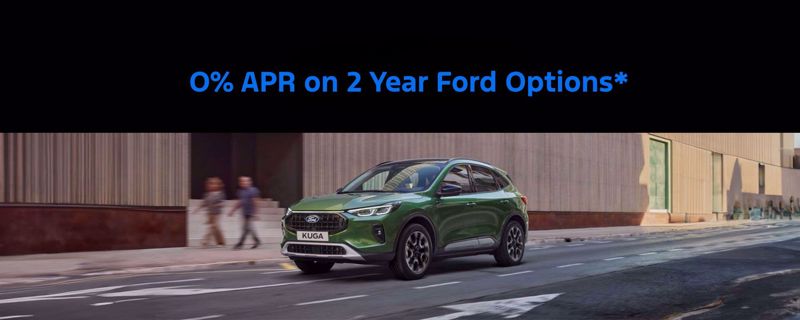
NEW VEHICLES | FORD FOCUS

COMMERCIALS | FORD TRANSIT COURIER
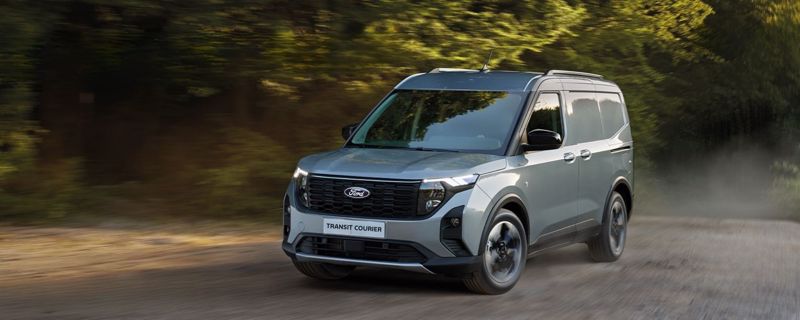
COMMERCIALS | FORD TRANSIT CONNECT
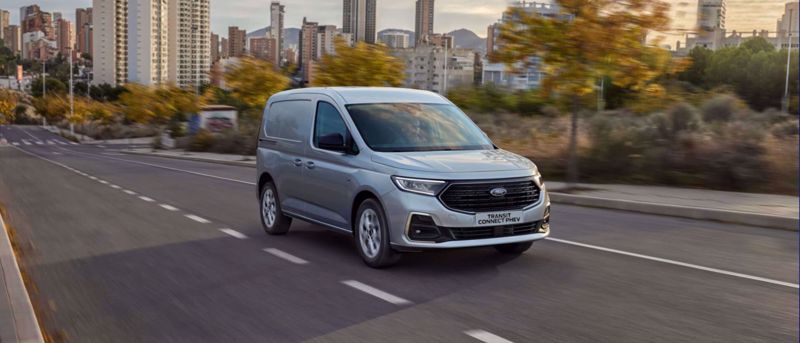
COMMERCIALS | FORD TRANSIT CUSTOM
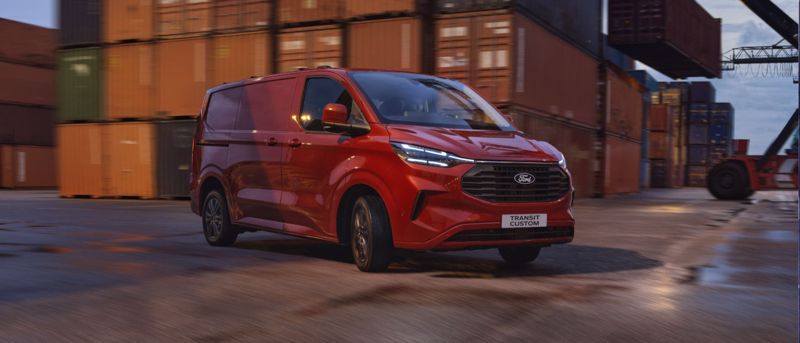
COMMERCIALS | FORD TRANSIT CUSTOM
